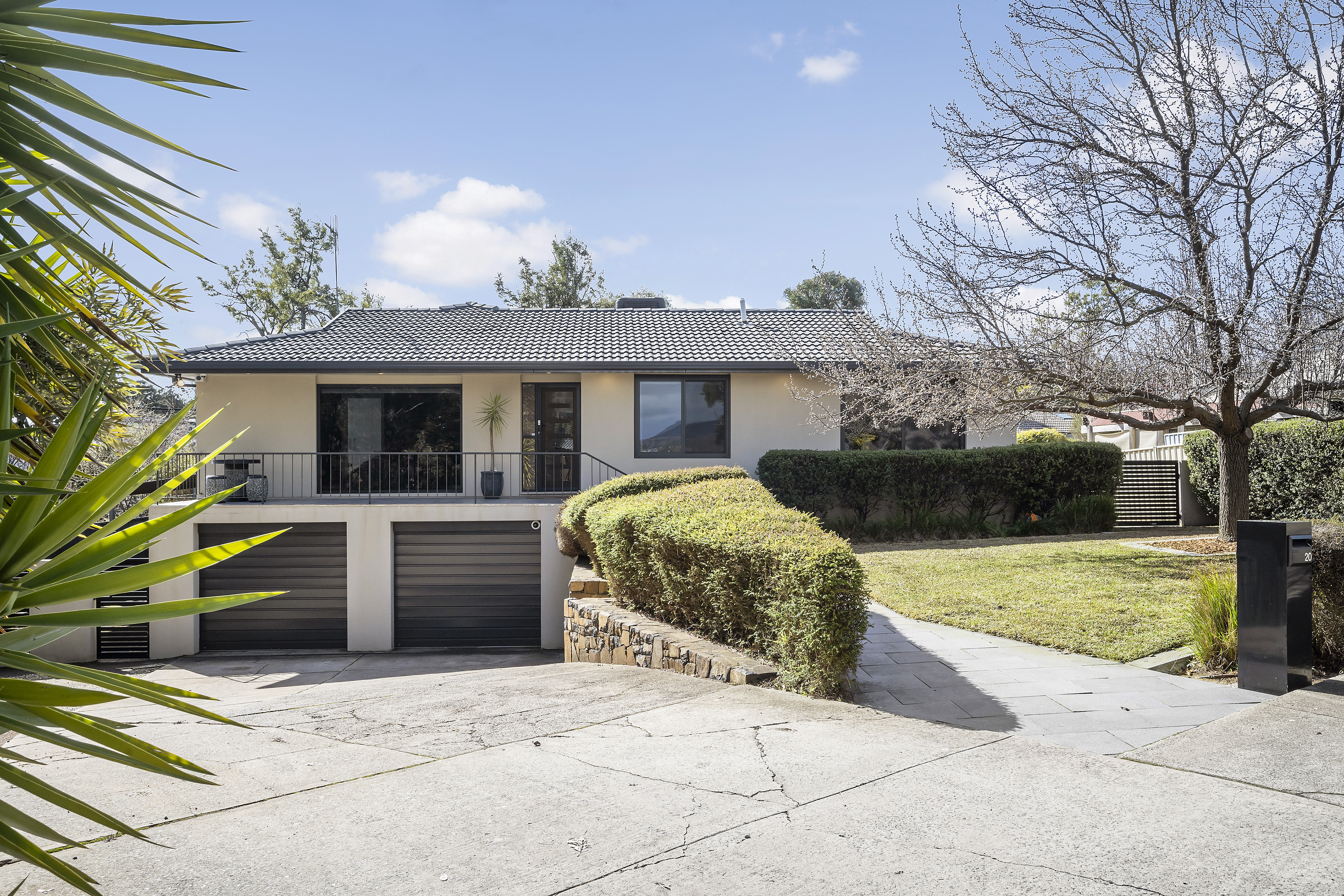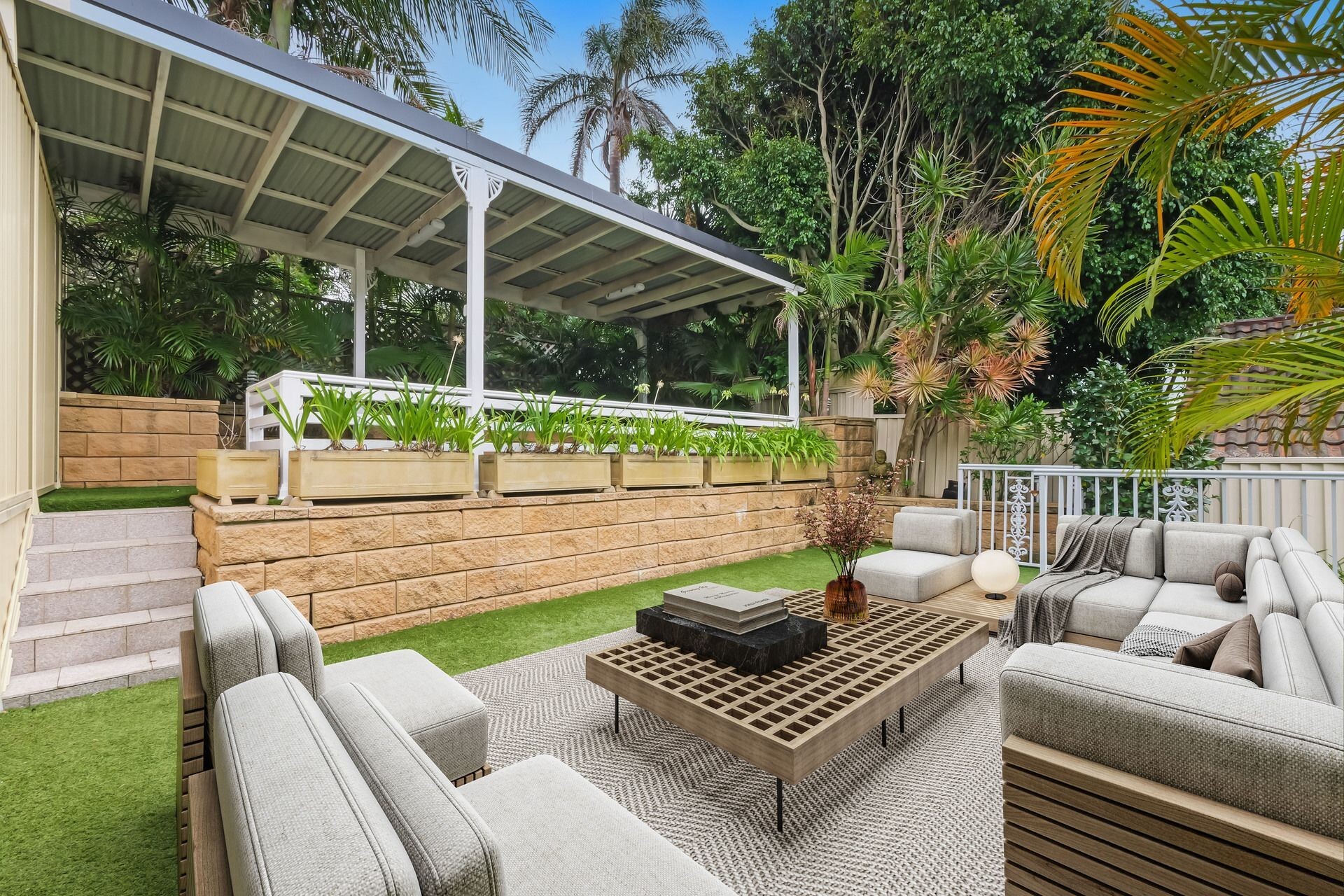How Australian families are rethinking the family home
Personal space remains a priority for many homebuyers, even for those just starting their journey on the property ladder, according to a new LJ Hooker survey.
The findings reveal key shifts in how families today are facing the financial challenges of buying a home, such as multi-generational living and adult children staying at home longer. It also highlights features that make a property more attractive and some major turn-offs when it comes to purchasing a property.
Other key insights from the research include:
- Only one in four Australians surveyed are open to living with their in-laws, with 54 per cent of those revealing they would ideally want a self-contained space, such as a separate granny flat.
- Shared bedrooms for children are a deal-breaker for many parents, with 60% saying they would not consider a home where siblings would have to share a room.
- Parental support extends well into adulthood, however, 42% of parents expect their children to pay rent after turning 18.
Personal space remains a top priority
While rising property prices have sparked conversation around multi-generational living, the research shows it remains a less-preferred option for most. Only 24% of respondents said they would be open to living with their in-laws, and even among that group, 54% would only consider it if the arrangement included self-contained accommodation.
At the same time, privacy for children is equally important. More than half (60%) of parents said they would not consider buying a home where their children would have to share a bedroom.
LJ Hooker Group Head of Research Mathew Tiller said while family dynamics have shifted in recent years, the desire for space and independence remain as important as ever.
“Multi-generational living comes with plenty of benefits — not just financial — but it has to be a workable model,” Mr Tiller said.
“That’s why granny flats and separate homes on the same block are so popular. They let people enjoy the upsides of living together — like connection and support — while still having their own space.
“Parents also see the value in kids having their own bedroom even if it might be cheaper to have them share.”
Young Australians embrace traditional home design
Homebuyers were split on the relevance of formal living and dining spaces. However, surprisingly, younger people placed renewed value on such features that are often associated with older, more traditional homes.
While 69% of Gen Z respondents said these formal spaces were still relevant, only 37% of Baby Boomers agreed.
“Younger buyers are often choosing smaller homes, so they see more value in having space to entertain,” Mr Tiller said.
“Older generations have often lived in homes with formal areas that weren’t always fully used.”
Community matters, especially quiet ones
Australians may picture their perfect community in different ways, but shared priorities often shape their decision about where to call home. The top priority for most people when choosing where to live is a suburb that has a peaceful and quiet atmosphere, followed by proximity to cafes and shops, and a low crime rate.
Common themes also included transport accessibility, while being close to nature, such as parklands or having a good-sized yard, are also highly valued.
For families with children, school zoning remains a key factor when looking for a new home, with 52 per cent of respondents ranking it as a top priority.
“A dream location means something different to every person, and this can be influenced by various life stages,” Mr Tiller said.
“Ultimately, most Australians just want a home that’s peaceful, safe, and somewhere they can truly relax.
“We need to build more homes of all types to meet the diverse needs of our growing population. We need more people living near the services they rely on and the amenities they want to enjoy, increasing liveability and reducing transport strain.”
This survey was commissioned by LJ Hooker and conducted by independent Research firm Edentify, which surveyed 1,000 participants across Australia in December 2024.
Share


